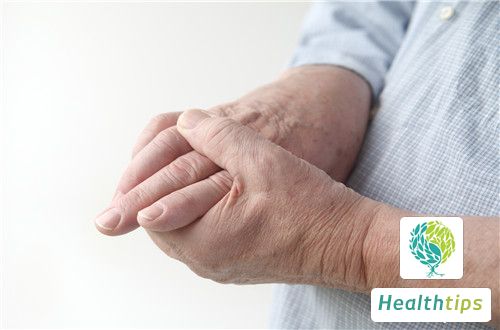What Are the Symptoms of Thyroid Eye Disease?
The symptoms of thyroid eye disease include exophthalmos, photophobia, eye swelling, foreign body sensation, and decreased vision. When thyroid eye disease is diagnosed, it is necessary to treat it according to the symptoms. If not treated in time, it may lead to severe corneal ulceration and affect the function of the extraocular muscles, resulting in diplopia or strabismus. The symptoms of thyroid exophthalmos are as follows:

1. Mild hyperthyroid exophthalmos
Mild hyperthyroid exophthalmos manifests as delayed eyelid closure, eyelid retraction, and proptosis. Some patients may also experience photophobia, foreign body sensation, and tearing. These symptoms are relatively mild, and can be quickly relieved by controlling hyperthyroidism and treating the symptoms of exophthalmos in a timely manner.
2. Moderate hyperthyroid exophthalmos
In addition to symptoms such as eyelid retraction, delayed eyelid closure, and proptosis, moderate hyperthyroid exophthalmos may also manifest as soft tissue signs, including soft tissue swelling and muscle lesions. Muscle lesions have an acute onset process and can become stable after at least 6 months. Some patients may experience extraocular muscle involvement, resulting in ocular motility disorders.
3. Severe hyperthyroid exophthalmos
Severe hyperthyroid exophthalmos progresses rapidly and manifests as progressive proptosis, severe soft tissue signs, and other symptoms. It can also lead to exposure keratitis and even endophthalmitis, causing severe damage to vision. Severe exophthalmos is more common in middle-aged and elderly patients. Their orbit is severely affected, resulting in orbital apex syndrome and permanent visual impairment.



















